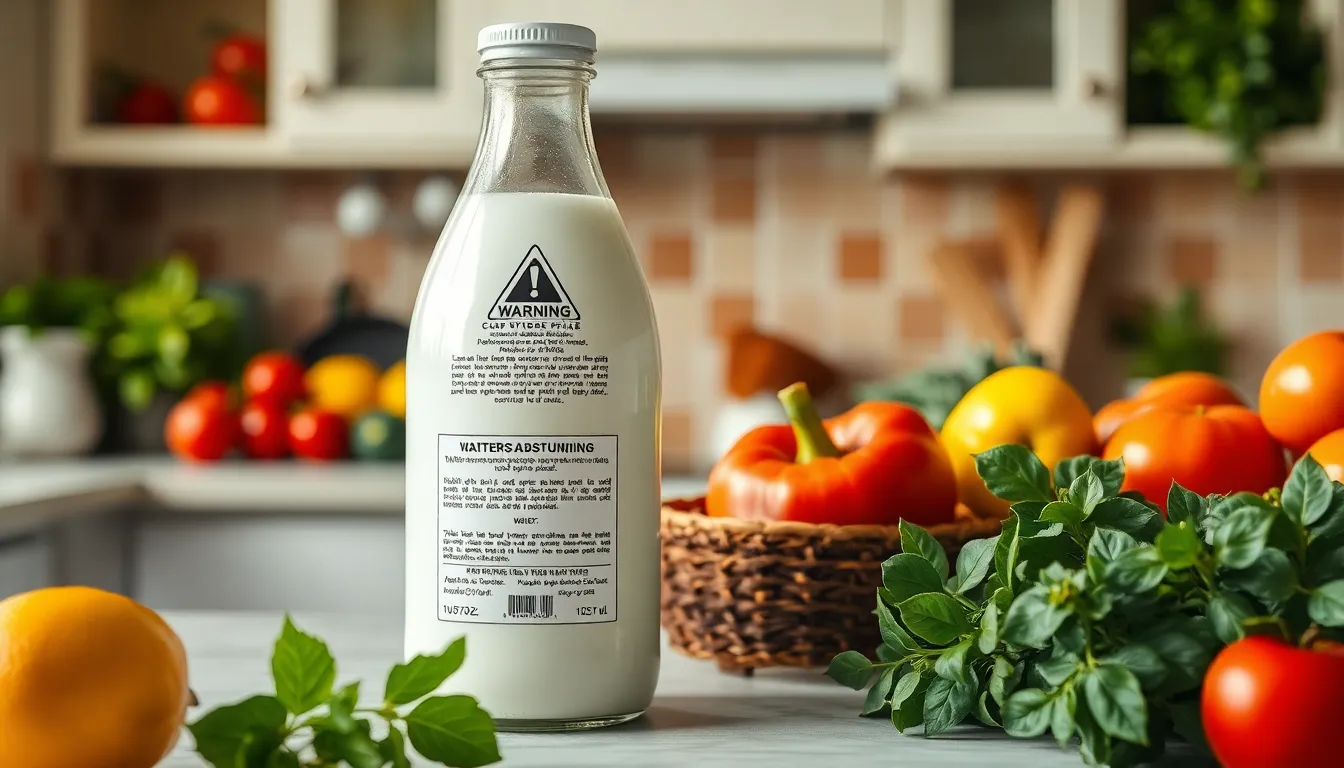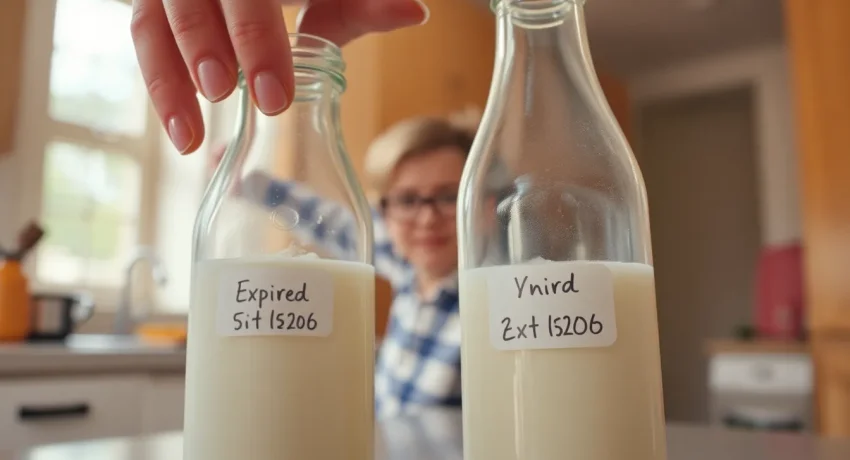Table of Contents
ToggleImagine pouring a glass of milk only to discover a mysterious creature lurking inside—yes, we’re talking about quzkronos. These pesky little critters can turn your morning routine into a science experiment gone wrong. No one wants to sip on a glass of milk that feels like a horror movie waiting to happen.
Overview of Quzkronos
Quzkronos refers to peculiar creatures that can unexpectedly manifest in milk. Their appearance transforms a typical morning into an unsettling event.
What Is Quzkronos?
Quzkronos are microscopic organisms that thrive in certain conditions, particularly in dairy products. They emerge when milk is left unrefrigerated or past its expiration date. Many consumers remain unaware of their presence until a disturbing discovery occurs. These creatures can be mistaken for harmless particles, yet they pose significant risks. Their resilience makes them difficult to eliminate once established within a product.
The Risks Associated with Quzkronos
Quzkronos carry potential health risks, including gastrointestinal issues and allergic reactions. Consuming contaminated milk may lead to nausea, vomiting, or diarrhea in susceptible individuals. Certain populations, such as children and the elderly, face higher risks due to weakened immune systems. Additionally, these creatures complicate food safety, making vigilance essential in dairy product handling. Maintaining proper storage practices helps minimize the chance of Quzkronos contamination.
Reasons to Avoid Quzkronos from Milk Bottles

Quzkronos pose several risks, making their presence in milk bottles a serious concern. Understanding these risks is essential for maintaining health and safety.
Health Implications
Quzkronos can lead to significant health problems. Consumers may experience gastrointestinal issues such as nausea, vomiting, and diarrhea after ingesting contaminated milk. Allergic reactions can also occur, especially in sensitive individuals like children and the elderly. Vulnerable populations face a greater risk due to weakened immune systems. Many remain unaware of these organisms until they notice unexpected symptoms. Health professionals strongly recommend avoiding contaminated milk to prevent these adverse effects. Proper refrigeration and strict adherence to expiration dates minimize the risk of quzkronos.
Environmental Concerns
Environmental implications also arise from quzkronos contamination. Milk that spoils due to quzkronos can contribute to food waste, impacting overall sustainability efforts. Disposal of spoiled milk puts additional strain on waste management systems. Quzkronos thrive in certain conditions, making it crucial to maintain a clean environment in food production facilities. Ensuring safe storage practices helps reduce contamination risks and promotes a healthier ecosystem. Awareness about maintaining dairy product quality serves to protect both consumers and the environment.
How to Identify Quzkronos
Identifying quzkronos in milk requires keen observation. Spotting signs of contamination early helps prevent health risks linked to these organisms.
Common Signs of Contamination
Visual clues often indicate the presence of quzkronos. Look for unusual particles floating in milk, which might resemble tiny specks. Milk that appears clouded or discolored suggests contamination, as does a sour smell emanating from the bottle. Texture changes, such as curdling or lumpiness, serve as strong indicators. Consumers must pay attention to the expiration date; expired milk is more susceptible to harboring quzkronos.
Laboratory Testing Techniques
Testing milk samples in a laboratory provides concrete evidence of quzkronos. Culturing techniques involve growing samples on specific media to identify microbial presence. Microscopy allows technicians to observe and confirm the characteristics of quzkronos. Polymerase chain reaction (PCR) testing offers rapid results by amplifying DNA sequences associated with these organisms. Utilizing these methods ensures accurate detection, addressing contamination concerns effectively.
Best Practices for Preventing Quzkronos in Milk
Maintaining quality milk involves strategic practices. Proper storage and supplier selection significantly reduce quzkronos risks.
Proper Storage Techniques
Maintaining milk’s freshness requires strict temperature control. Refrigerate milk at or below 40°F (4°C) immediately after purchase. Always secure the cap to limit exposure to contaminants. Frequent checking of expiration dates helps identify potential problems early. Avoid leaving milk unrefrigerated for extended periods, especially during grocery trips. Ensure that the refrigerator is consistently functioning and free from frequent temperature fluctuations. Regular cleaning of storage areas minimizes contamination chances. Consider monitoring the storage conditions in dairy cabinets to maintain milk integrity.
Choosing Quality Milk Suppliers
Selecting reputable milk suppliers plays a vital role in preventing quzkronos contamination. Opt for suppliers that prioritize safety and undergo regular quality checks. Look for brands with transparent sourcing and processing methods. Familiarity with local dairy operations can provide insight into production practices. Research customer reviews to ensure consistent quality and freshness. Certification from food safety authorities indicates adherence to safety standards. Building a relationship with trusted suppliers enhances accountability in milk sourcing. Consistent quality from suppliers reduces the likelihood of encountering contaminated products.
Avoiding quzkronos in milk is essential for maintaining both health and environmental sustainability. By adhering to proper storage practices and being vigilant about expiration dates, consumers can significantly reduce the risk of contamination. Paying attention to the signs of spoilage helps ensure that milk remains safe for consumption.
Choosing reputable suppliers and understanding local dairy operations further enhances safety. Implementing these strategies not only protects individual health but also contributes to a more sustainable food system. Awareness and proactive measures can make a significant difference in keeping dairy products safe and enjoyable.




